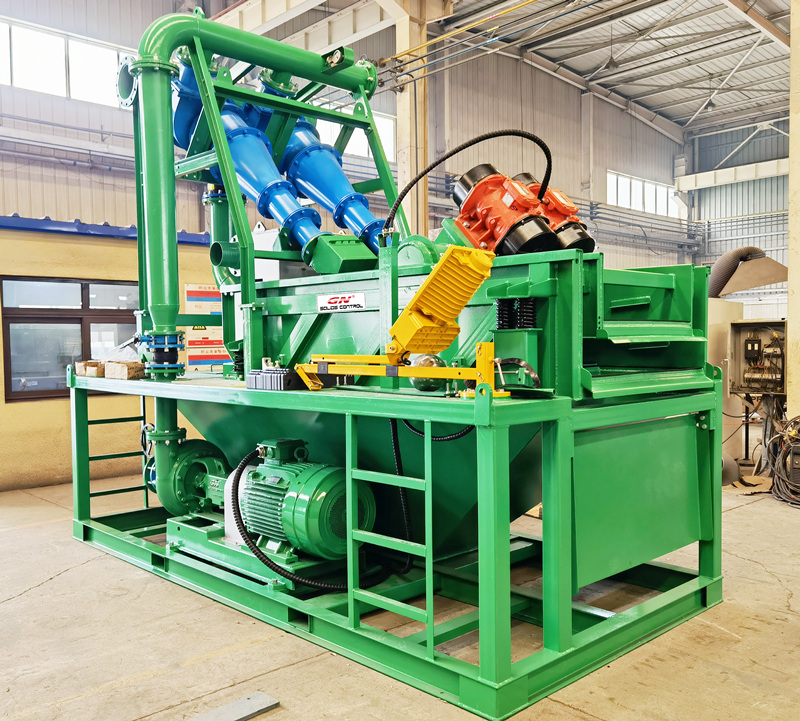Centrifugal pumps play a crucial role in the oil and gas drilling field. They are commonly used for various applications, including:
Mud Circulation: Centrifugal pumps are used to circulate drilling mud during the drilling process. The pumps help to transport the drilling mud from the mud pit to the drilling rig and then through the drill pipe to the drill bit. They maintain the necessary pressure and flow rate to cool the drill bit, remove rock cuttings, and provide lubrication.
Mud Mixing and Conditioning: Centrifugal pumps are utilized to mix and condition drilling mud by adding chemicals, additives, and weighting materials. These pumps ensure proper blending and consistency of the mud, which is essential for maintaining drilling stability and controlling formation pressures.
Drilling Fluid Transfer: Centrifugal pumps are used for transferring various fluids in the drilling field, including water, brine, diesel, and other chemicals. They help in supplying water for drilling operations, transferring fluids between storage tanks, and facilitating the movement of fluids within the drilling rig.
The diameter of the impeller in a centrifugal sand pump has an impact on the flow rate and head.
Flow rate: Generally, an increase in impeller diameter leads to an increase in the flow rate of the sand pump. This is because the increase in impeller diameter results in higher rotational speed, which in turn increases the centrifugal force of the pump. The increased centrifugal force allows more liquid to pass through the pump, thereby increasing the flow rate.
Head: The impeller diameter also affects the head of the sand pump. Typically, an increase in impeller diameter leads to a decrease in the pump’s head. This is because the increase in impeller diameter reduces the rotational speed of the centrifugal pump, resulting in a decrease in centrifugal force. The reduced centrifugal force leads to a decrease in the pump’s head.
It is important to note that the relationship between impeller diameter, flow rate, and head is interconnected and influenced by other factors such as pump design and impeller shape. Therefore, in practical applications, GN Solids Control suggests users to consider multiple parameters to determine the optimal impeller diameter that meets specific flow rate and head requirements. For specific applications, it is recommended to consult with professional engineers or pump manufacturers for more detailed and accurate information.
